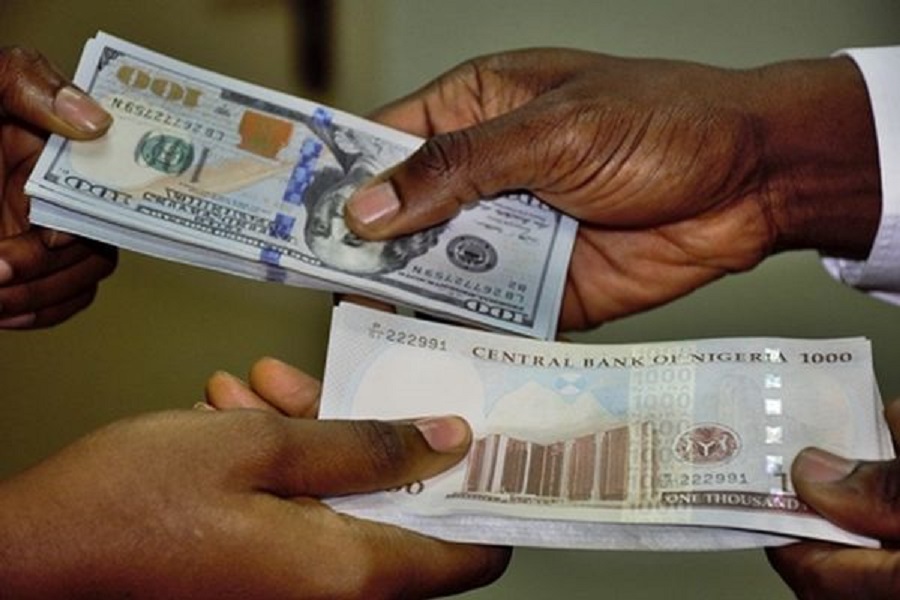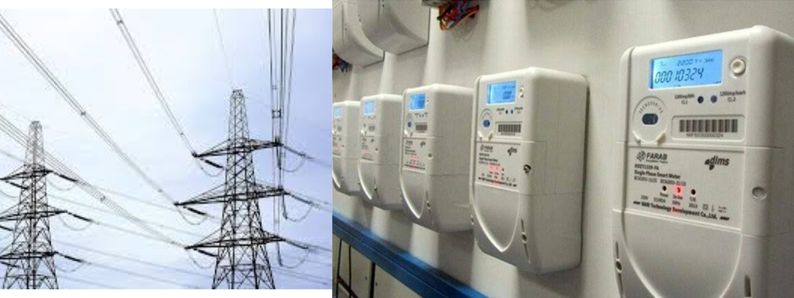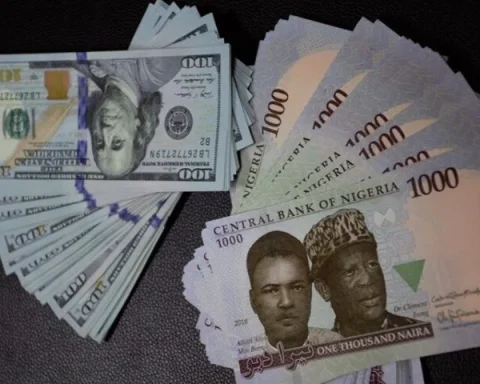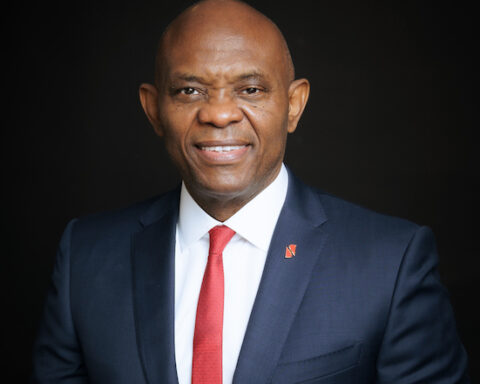Nigeria’s debt to the World Bank’s International Development Association (IDA) has increased to $18.2 billion as of 30 June 2025, reflecting a year-on-year rise of $1.7 billion or 10.3 percent from $16.5 billion recorded in June 2024.
With the latest figure, Nigeria retains its position as the third-largest debtor to the World Bank’s IDA.
Join our WhatsApp ChannelThis was contained in IDA’s latest financial statement, which indicated that Nigeria first moved to the third position in 2024 from its previous ranking of fourth-largest borrower from IDA in 2023.
According to the financial report, this places Nigeria behind Bangladesh and Pakistan in the ranking of top IDA borrowers.
Bangladesh remains the leading IDA borrower in the world. Its debt stock grew from $20.5 billion in June 2024 to $22.6 billion in June 2025.
Pakistan is the second-largest borrower, with its debt going up from $17.9 billion to $19.3 billion during the same time.
India is still a major IDA borrower, even though its exposure has gone down. In the past, it was ahead of Nigeria.Its debt dropped significantly, from $15.9 billion in June 2024 to $14.2 billion in June 2025, a decrease of $1.7 billion. This was mostly because it paid off more debt than it borrowed.
Ethiopia emerged as the fifth-largest debtor to IDA as its debt stock rose from $12.2 billion to $14.0 billion in the period under review.
Other countries in the top ten list of IDA debtors include Tanzania ( debt rose from $11.7 billion to $13.7 billion), Kenya ($13.0 billion), Vietnam ($11.6 billion), Ghana ($7.2 billion) and Côte d’Ivoire ($6.2 billion).
READ ALSO: World Bank Report: Experts, Groups Advise On How Nigeria Can Halt Increasing Poverty
According to the report, IDA’s commitments totaled $33.8 billion in the fiscal year ending 30 June 2025, of which $8.2 billion were disbursed as grants. It said that Africa region received 66 percent ($22.4 billion) of the total commitments.
“Since 1960, IDA has provided $600 billion to 116 countries. Annual commitments have increased steadily and averaged about $33 billion over the last three years (FY23-FY25).”
In FY2025, Nigeria topped IDA’s disbursements with $3.1 billion, surpassing Bangladesh ($3.0 billion).
As of September 2024, Nigeria owed $17.1 billion to the IDA, which later dropped slightly to $16.8 billion by December 2024 before rising again to $18.2 billion in mid-2025.
The increase is partly due to new loans, including a $2.2 billion financing package approved for 2025, spread across six key projects.
Debt Concerns
Analysts have warned that Nigeria’s rising debt could strain fiscal stability, especially with external debt (which stood at $45.98 billion) at the end of the first quarter of 2025) and the naira’s depreciation, inflating repayment costs.
However, the Federal Government has argued that these loans were being deployed to critical sectors (healthcare, education, infrastructure) and are necessary for long-term growth.
While Nigeria’s borrowing aims to address development gaps, the sustainability of its debt remains a subject of debate.
The World Bank’s concessional terms ( low or no interest) provide relief, but the cumulative burden could challenge future fiscal flexibility.
Victor Ezeja is a passionate journalist with seven years of experience writing on economy, politics and energy. He holds a Master's degree in Mass Communication.













